12 grass alternatives for lawns for a no-mow yard
Opt for low-maintenance grass alternatives for lawns for an easy, breeze summer
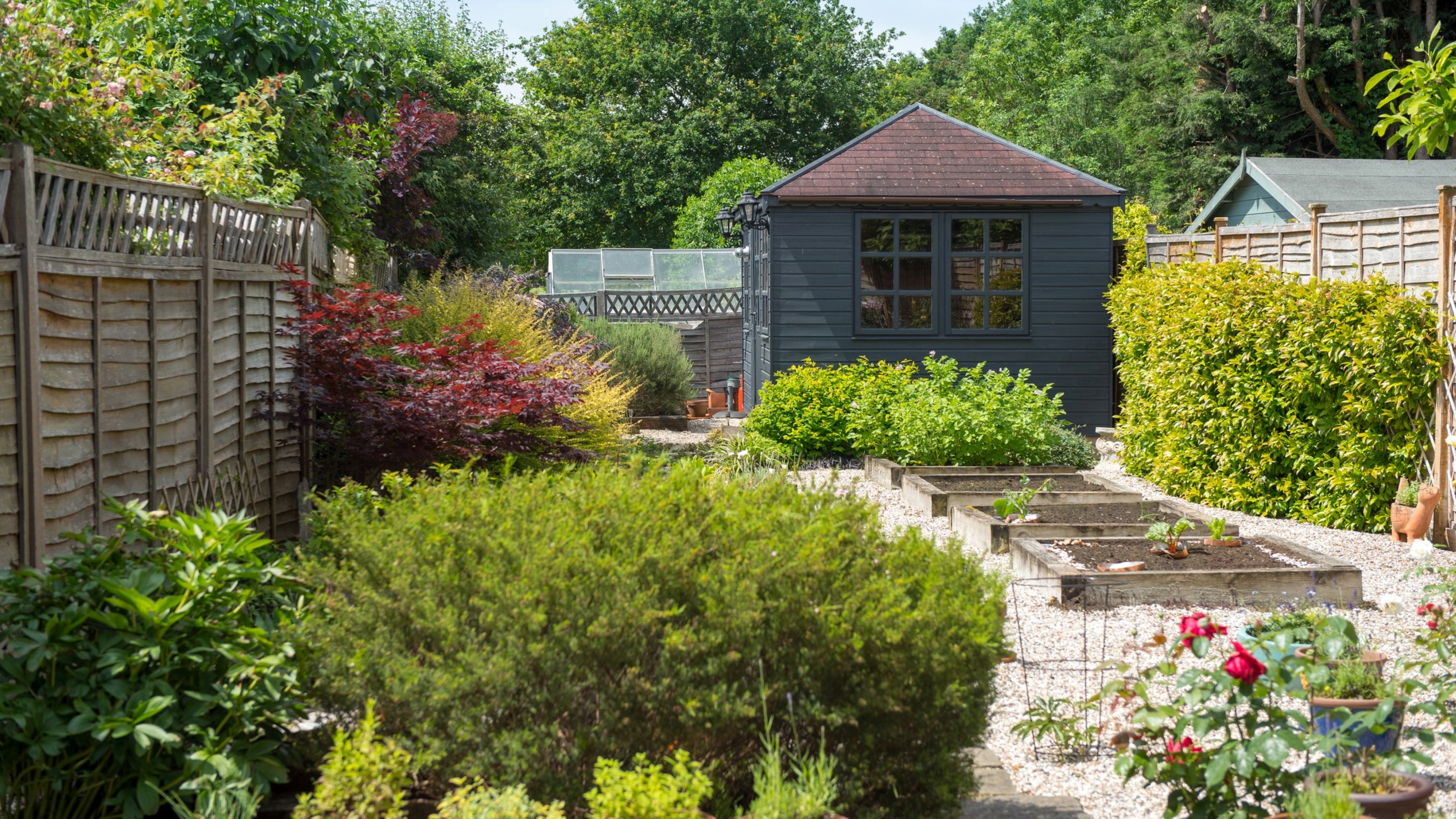
If you're exploring grass alternatives for lawns, the chances are that your yard doesn't allow for it, you don't like the look of turf, or enjoy the upkeep.
Although beloved by many as a space to relax and play with children and pets, grass lawns have their dark side: they are environmentally problematic because of the constant watering requirement. Not to mention you may not be a huge fan of getting out your lawnmower.
Fortunately, there are many cool low-maintenance garden ideas that are super contemporary no matter how big or small your outdoor space may be.
Why look for grass alternatives for lawns?
Lawns are child-friendly, wildlife havens, soft areas where you can sunbathe, and design-wise a necessary ‘neutral space’, but you can’t use them year-round and they need care, including spiking and scarifying, mowing, natural weed control, and watering. In fact, in drought-prone places, a lawn is not a suitable covering at all as it will need a lot of water to survive.
There are, however, a number of alternatives. Some are wildlife-friendly substitutes; others can cut maintenance time in half. All offer exciting garden design opportunities.
What we definitely don't want to see is everyone resorting to fake alternatives like plastic grass. Artificial lawn is not the low-maintenance solution it is pitched as and the last thing we want is to be adding more plastic to our properties. So if you hate mowing the lawn but also love biodiversity, we have plenty of options for you below.
Who best to confirm that an alternative to grass can be a good option than a lawn care professional? CEO of Lawn Love Jeremy Yamaguchi says: "Though my company is centered on lawn care, I definitely acknowledge that there are more eco-friendly ways to adorn your front or backyard. If you want something beautiful that will increase your home's value and curb appeal but won't be as detrimental to the environment, consider planting local flora and using mulch. Make your own compost and be mindful of how much water you're using."
Get small space home decor ideas, celeb inspiration, DIY tips and more, straight to your inbox!
1. Thyme
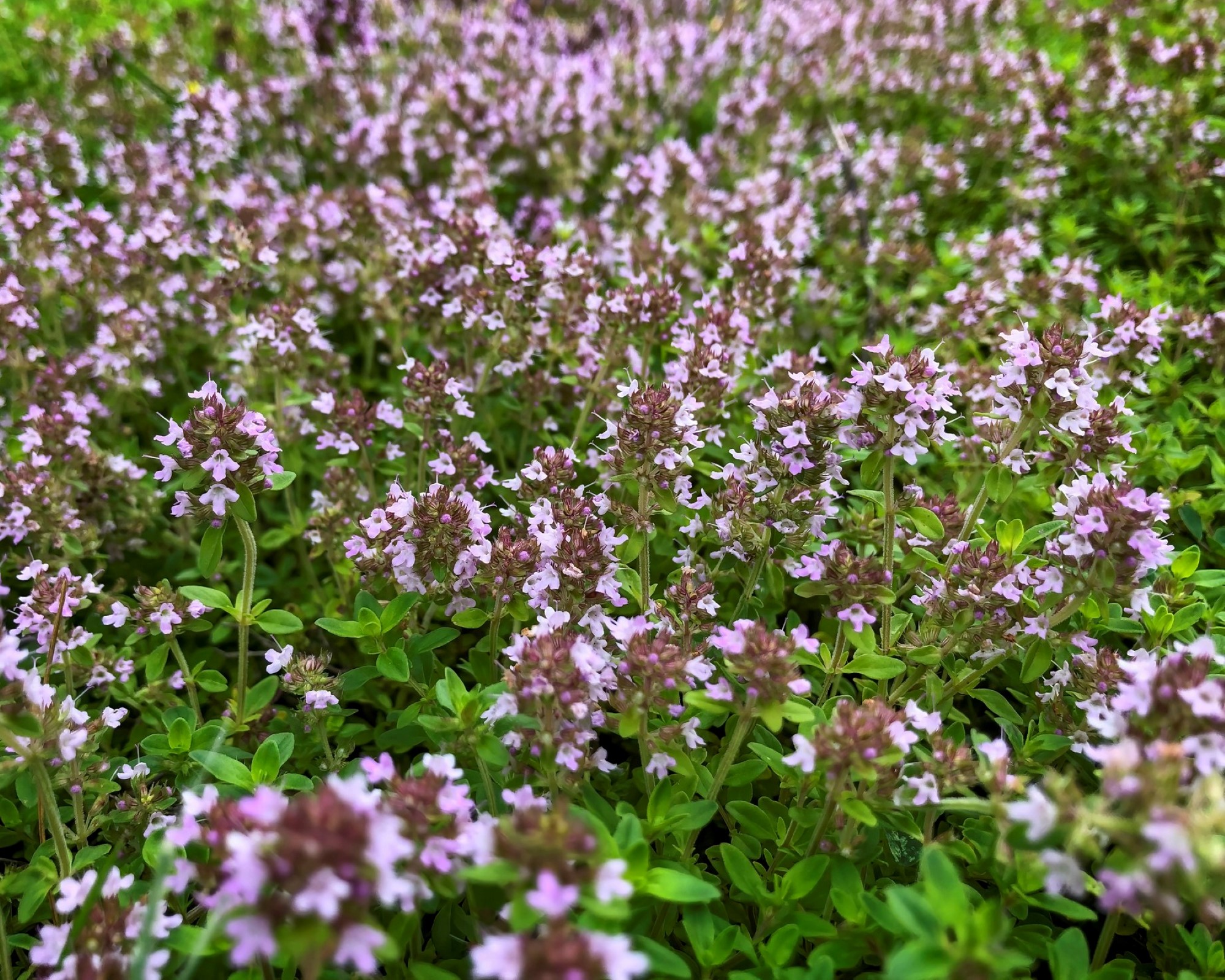
Planting a low-growing variety of thyme can be an excellent grass alternative for lawns. Creeping thyme grows only a few inches tall and is hardwearing, making it a great option for high-traffic areas.
It's also soft rather than scratchy underfoot, unlike edible thyme varieties. Finally, it's a perennial and will come back every year, producing bee-friendly fragrant flowers every summer. You can grab a two-pack of thyme plants from Walmart to get started.
2. Succulents
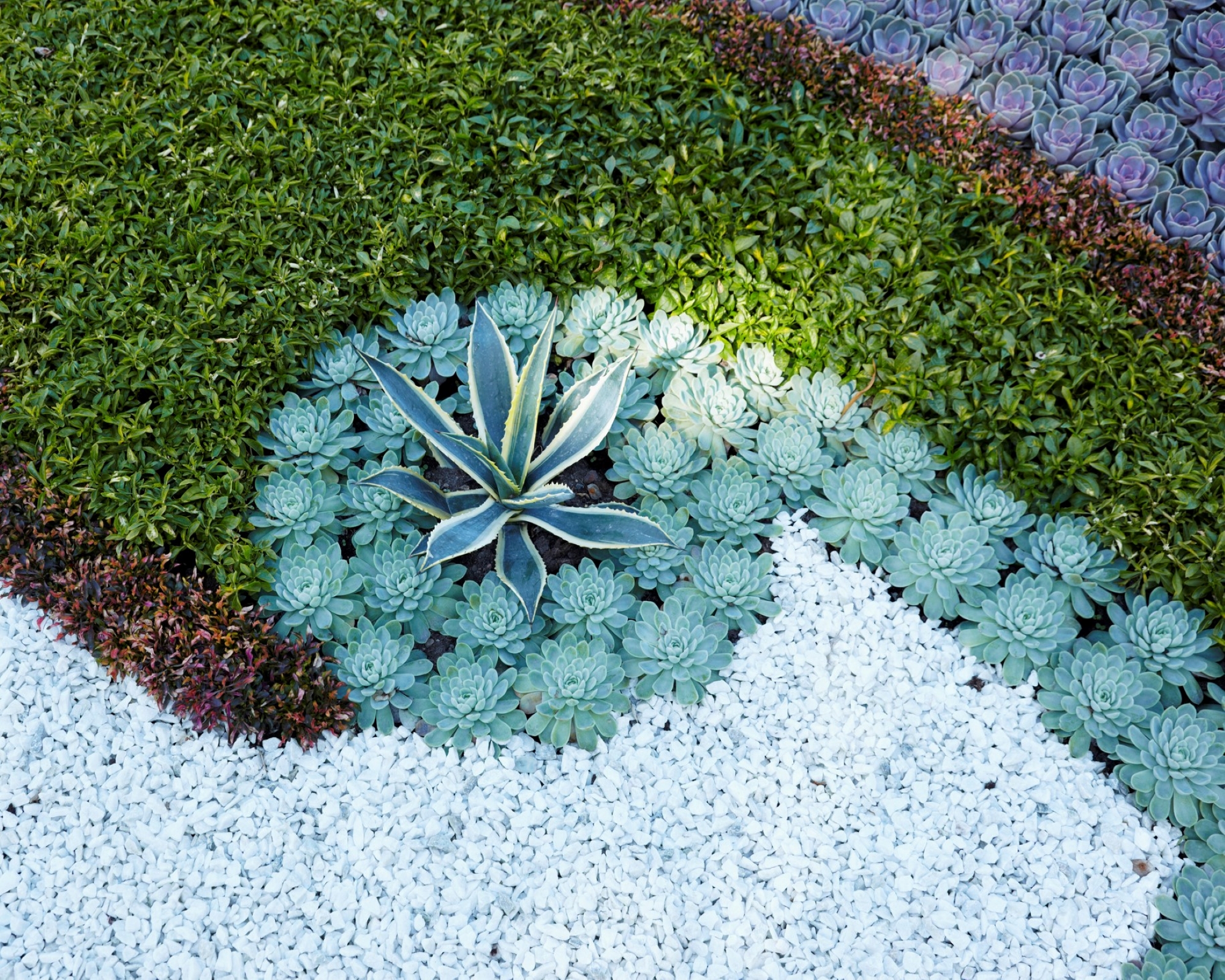
Succulents are a beautiful option if you want your grass-free area to be more decorative. It's pretty easy to care for succulents and they come in a variety of colors and shapes.
All they need is a sunny spot. You can learn how to propagate succulents to grow some more in another area of your yard or in a container. Of course, if you used succulents as an alternative to grass, you won't be able to plant them in high-traffic areas as they'll get trampled on so use them in lonely corners for a decorative element.
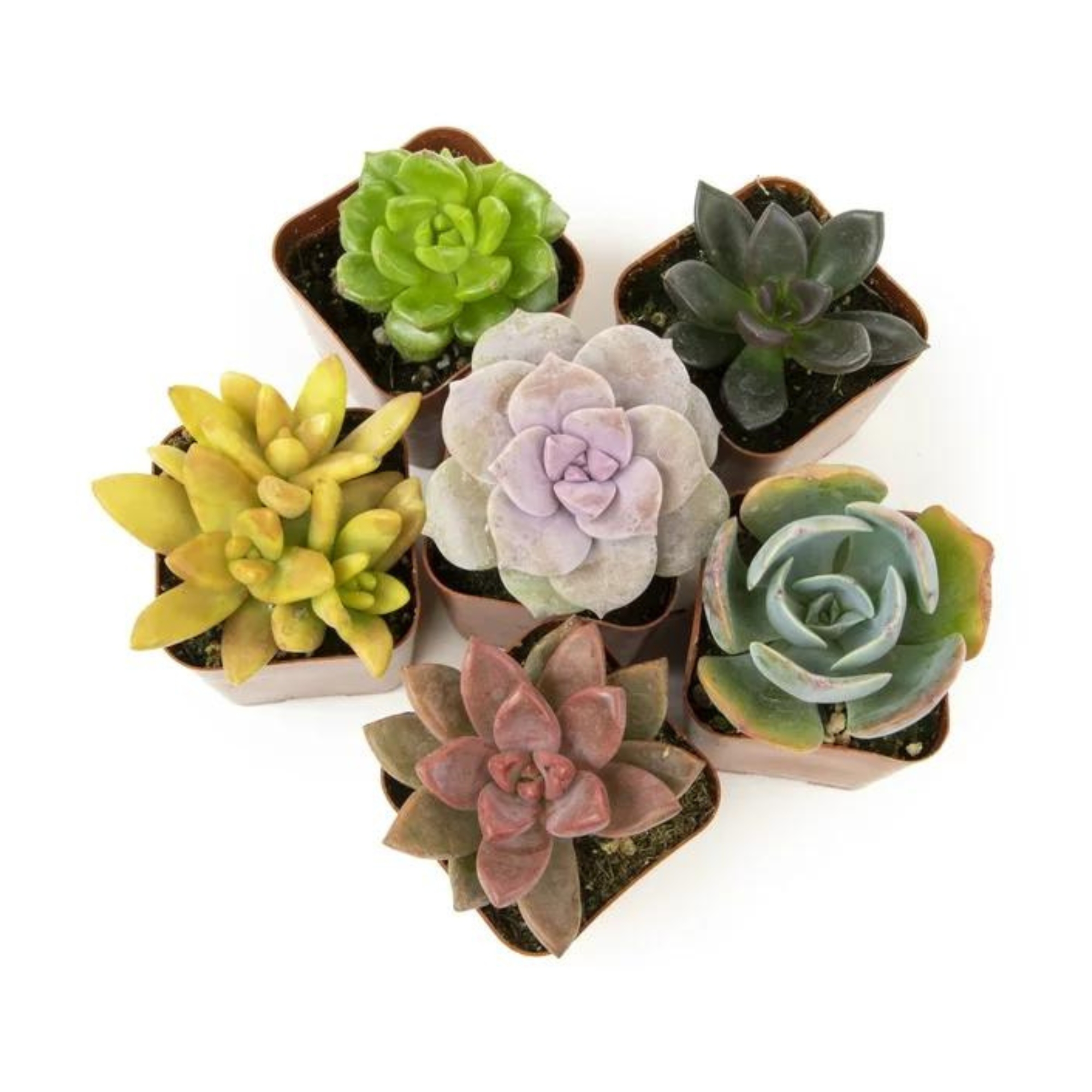
Price: $14.64
Looking to start your own succulent garden? Get some major bang for your buck with this pack of six succulents in various sizes and colors.

Price: $13.48
A highly-rated, fast-draining, premium potting medium that's ideal for planting up jade plants and other succulents in your collection.

Price: $9.99
With over 7k reviews, this budget-friendly watering can is loved by customers. It comes with a detachable nozzle so you can choose a direct stream or a gentle shower.
3. Xeriscaping

Xeriscaping is a great alternative to grass in dryer climates, although the landscaping technique can also be used in wetter regions also, provided you use appropriate plants.
In its most basic form, xeriscaping is spaced out planting in a gravel-covered yard. It looks smart and modern and is very low-maintenance.
4. Japanese-inspired garden

If you don't quite want the pared-back look of a xeriscaped yard but want minimalist landscaping with a few good-looking shrubs and trees, you should explore Japanese garden ideas.
Japanese gardens are traditionally low on grass, with schemes that emphasize individual plants. Even just one central tree such as an acer or cherry surrounded by gravel can be enough.
5. Rock garden
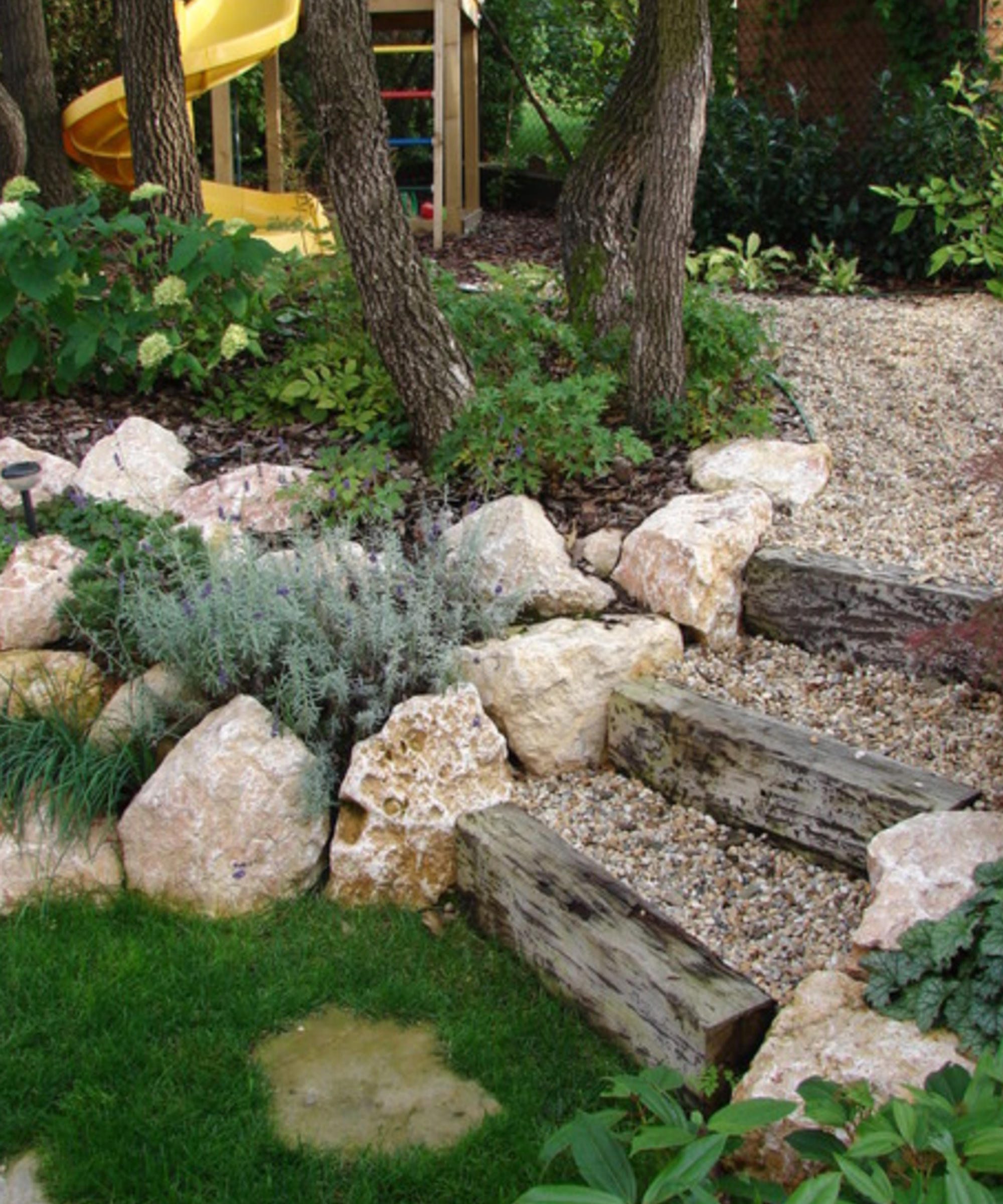
Small gardens are actually excellent candidates for grass-free designs; in a large yard, it's more tempting to fill the space with grass.
However, if your outdoor space is really tiny — think so small that you don't even have room to plant a small tree — you could consider planting a rock garden instead of using a lawn for your entire space.
Rock gardens typically include rocks and small Alpine plants that take up very little space but look colorful and impactful.
6. Raised bed garden

If you're looking for an alternative to grass that's productive as well as good-looking, consider starting a kitchen garden.
Raised garden beds are easy to build yourself or buy and you'll have fresh homegrown produce to supplement your diet.
Jeremy Yamaguchi adds, "No, you can't live off of a personal garden, but it will provide supplemental nutrition for you and your family and cut down on how much you need to buy from the store."
You can begin your garden with these FOYUEE Galvanized Raised Garden Beds available on Amazon with over 6k reviews.
7. Meadow
An increasingly popular option, a meadow works well as part of a wildlife garden and can be created by simply allowing existing lawn grass to grow longer than usual and cutting it only once or twice in summer.
On a large scale, this is the most sensible option, since replacing the lawn with anything else will be prohibitively expensive – or back-breaking work. Leaving existing grass to grow also means you can revert to a close-cropped sward again relatively easily, by trimming the length low enough to use one of the best lawnmowers.
Of course, not all the lawn has to be left to grow long. Areas near the house can be cut as normal, with paths made with a mower through longer grass in areas that aren’t used regularly.
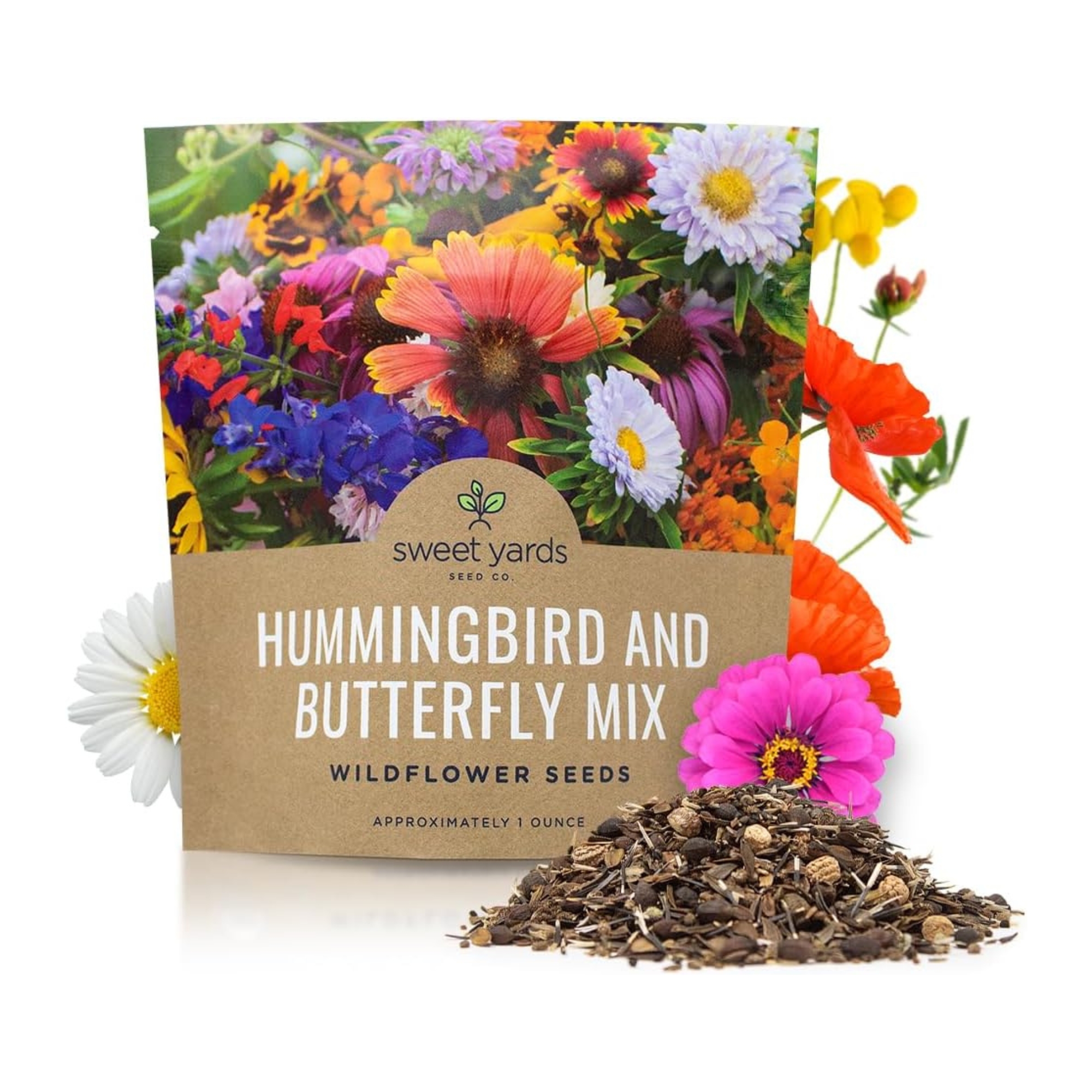
Price: $10.99
Create a vibrant garden with this wildflower mix that attracted hummingbirds and butterflies. With over 7,500 pure live seeds, your yard will be looking bright and colorful in no time.
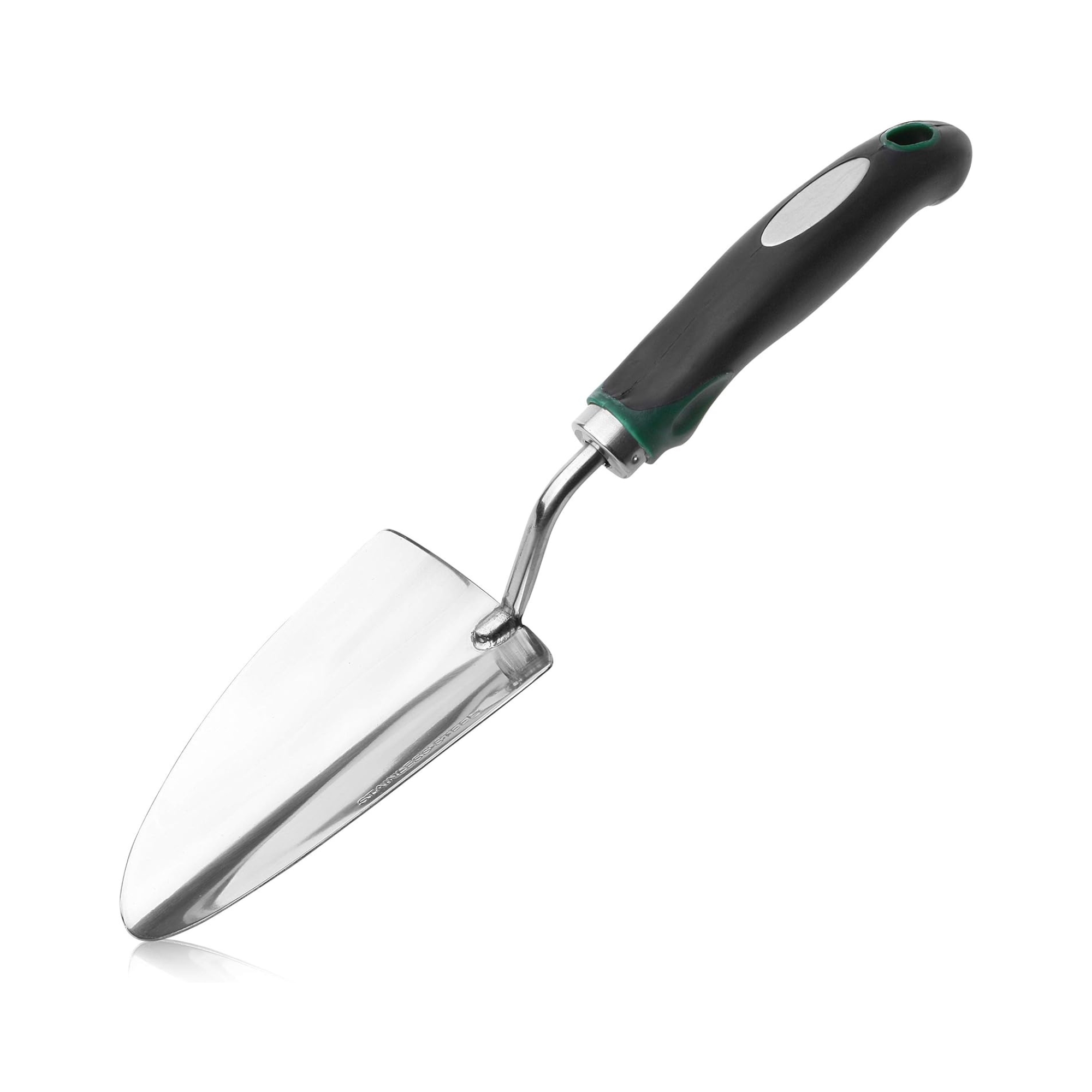
Price: $5.99
A good trowel is essential for any type of gardening. This stainless steel version is sure to last for projects to come.
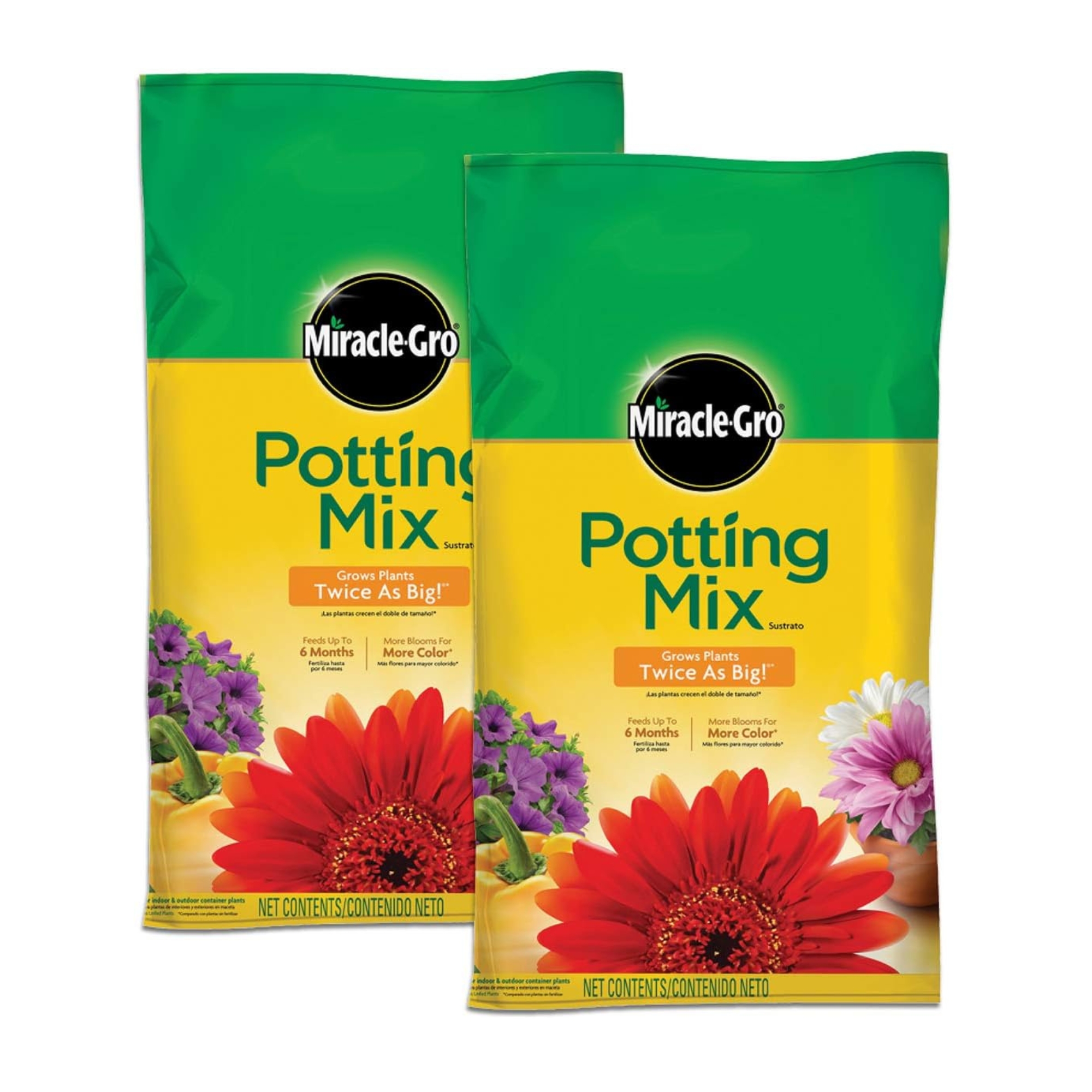
Price: $23.39
Stock up on soil to get your meadow underway. This pack of two large 16-quart bags will cover a large area of your backyard.
8. Gravel
Gravel is an ideal lawn alternative, being easy to use and suitable for both traditional and contemporary garden designs. However, replacing a large lawn in the garden of a suburban semi with a sea of gravel is rather boring, and impractical for families with children.
Where gravel really proves useful is in the front garden, where a tiny lawn can be a pain to mow. It’s permeable, and the crunch factor makes for a useful security measure, too. Plants are essential for interest, though, so always aim for a healthy ratio of two-thirds plants to one-third gravel.
This black gravel available on Amazon looks cool and contemporary.
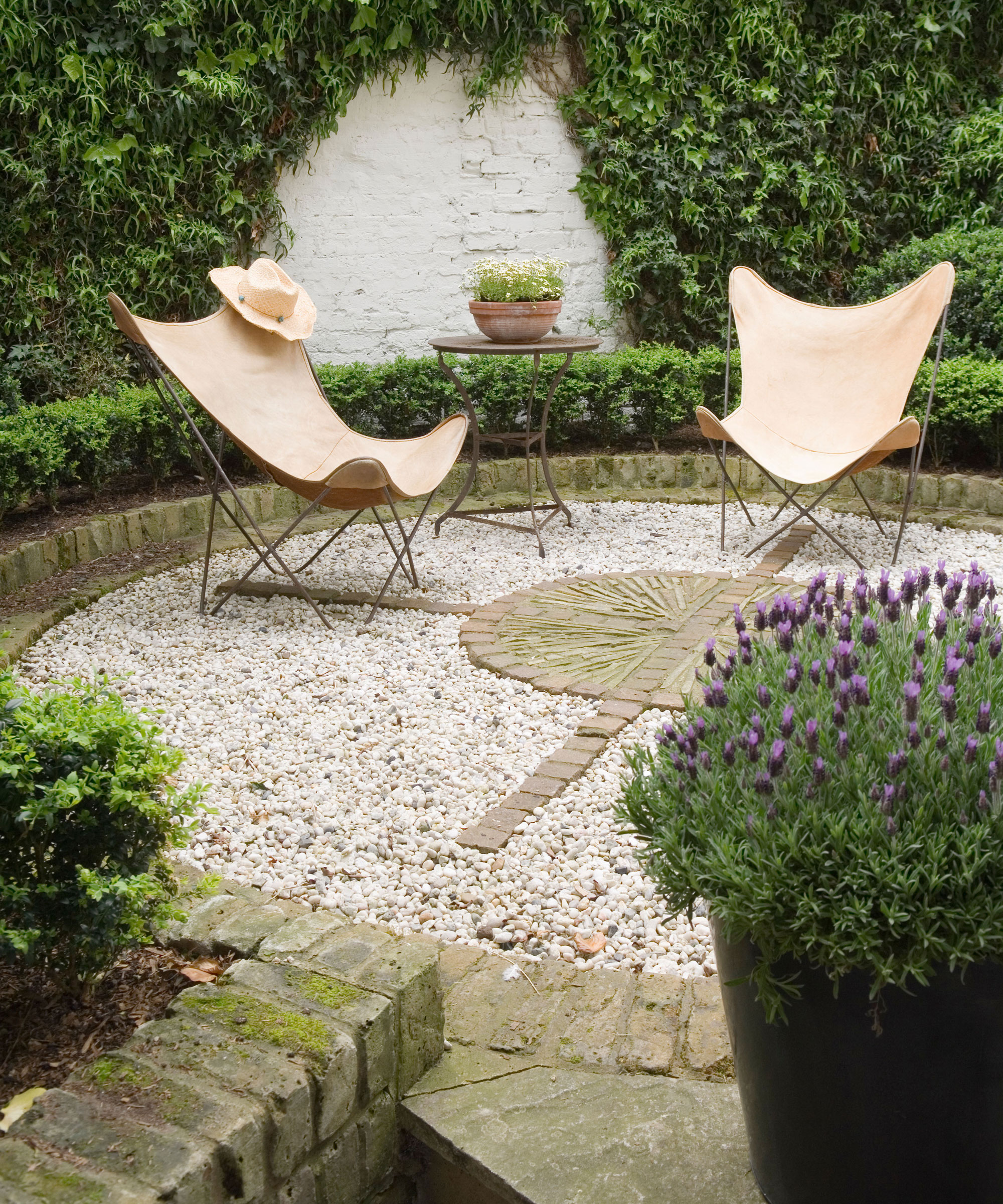
There are numerous different gravels available, so choose gravel that is subtle and natural-looking and won’t detract from any planting. Water-worn weathered flint and cockleshells are favorites, but your choice should be guided by local stone, and other hardscape materials in the garden, and the house. Choose a diameter of 5-20mm so that it’s easy to walk on – rounded gravels are better for children, and larger angular gravels are best where cats are a problem.
9. Mulch
Ideal for dark corners under trees where even shade-tolerant types of grass struggle to grow well, mulch feels more at home, although simple water-worn gravels work too. Choose natural stripped pine bark or similar and, for color and texture, add plants in areas not used for seating. Easy-care woodlanders such as wood spurge (Euphorbia amygdaloides var. robbiae), Siberian bugloss (Brunnera), white wood aster (Aster divaricatus), dusky cranesbill (Geranium phaeum) and lungwort (Pulmonaria) are tough and need no maintenance once established.
With mulch, you can simply spread an 8-10cm layer over the soil, but it will need topping up every other year. Alternatively, use landscape fabric to keep weeds down, make slits with a knife and plant through.
You can stock up on natural pine bark mulch from Amazon.
10. Ground cover plants
For areas where daily usage isn’t important, fragrant chamomile lawns are popular but require a sunny spot and free-draining soil. They also go a little patchy in wet summers, and for this reason, scented thyme lawns are preferable, which need similar conditions and also don’t tolerate heavy foot traffic, but are generally a lot tougher and more reliable.
If the soil is prepared properly, thyme grows fast, too. A spring planting of small coffee cup-sized plants spaced 15-25cm apart will see a pleasing effect the following year, and in 18 months, the carpet should be at its best.
If you go for low-growing varieties such as Thymus serpyllum ‘Snowdrift’ or ‘Pink Chintz’, you shouldn’t need to trim them either. But if you want to keep the plants bushy, trim after flowering with shears, or if you have a lawn mower with a height setting, use this carefully. For a thyme tapestry effect, plant each variety in large teardrop-shaped drifts and mix them up throughout the design.
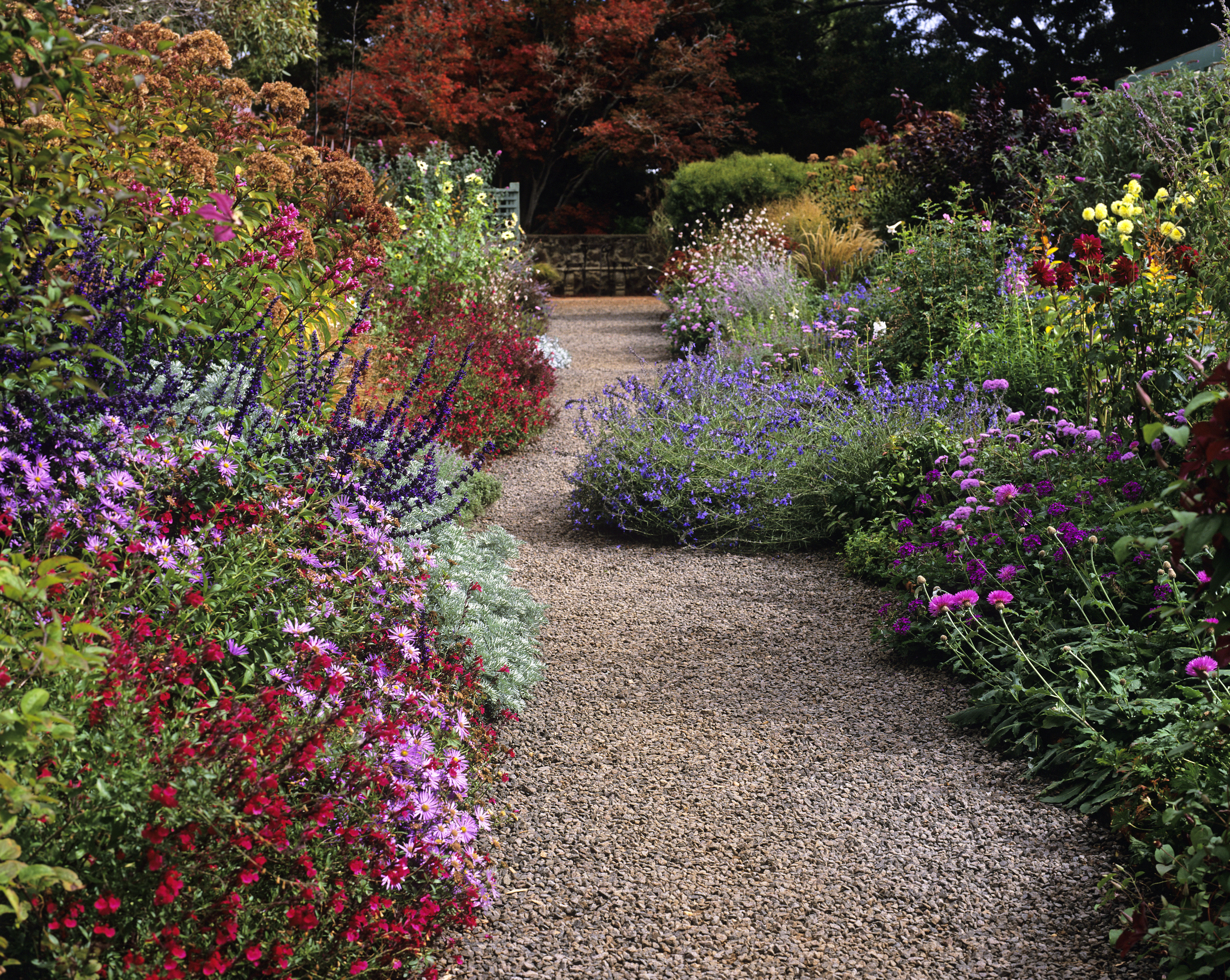
If you don’t need to walk on parts of the lawn at all, seas of weed-smothering ground cover plants such as bugle (Ajuga), pennyroyal (Mentha pulegium), self-heal (Prunella), and even ivy works well. White clover is a possible option, too, and useful to feed both the bees and your soil. If you want to go to extremes, rip up the lawn in favor of one giant ‘open’ border instead, where there’s room for multi-layered mixed plantings.
This isn’t an easy-care option, however, and some knowledge of planting design is important, unless you hire an experienced garden designer. Sedum mats, commonly used on green or living roofs, are good ground cover, if given enough sun. Whichever plants you choose, paths made from paving, gravel, or timber sleepers are essential throughout, so you don’t crush the planting when you walk.
11. Put down patio paving
Want to create a patio or outdoor living area in a small courtyard garden? Opt for paving for a smart finish that's durable, too. Choose a paving material that flatters the style, period and materials of your property, but also one that complements that of the flooring indoors if you want to create an indoor outdoor link.

A small, traditional patio will benefit from stone paving blocks in sandstone or limestone in honey or brown shades; more modern properties can experiment with quartz, versatile porcelain, or even concrete. Avoid using multiple materials in a small space, such as a courtyard garden, to prevent it from looking too busy.
Eyal Pasternak, a real estate expert and CEO of Liberty House Buying Group, advises that laying a patio yourself "is the simplest and least expensive option. You can save a ton of money by doing this." Laying a brick patio yourself is the easiest option, achievable on a weekend.
12. Decking
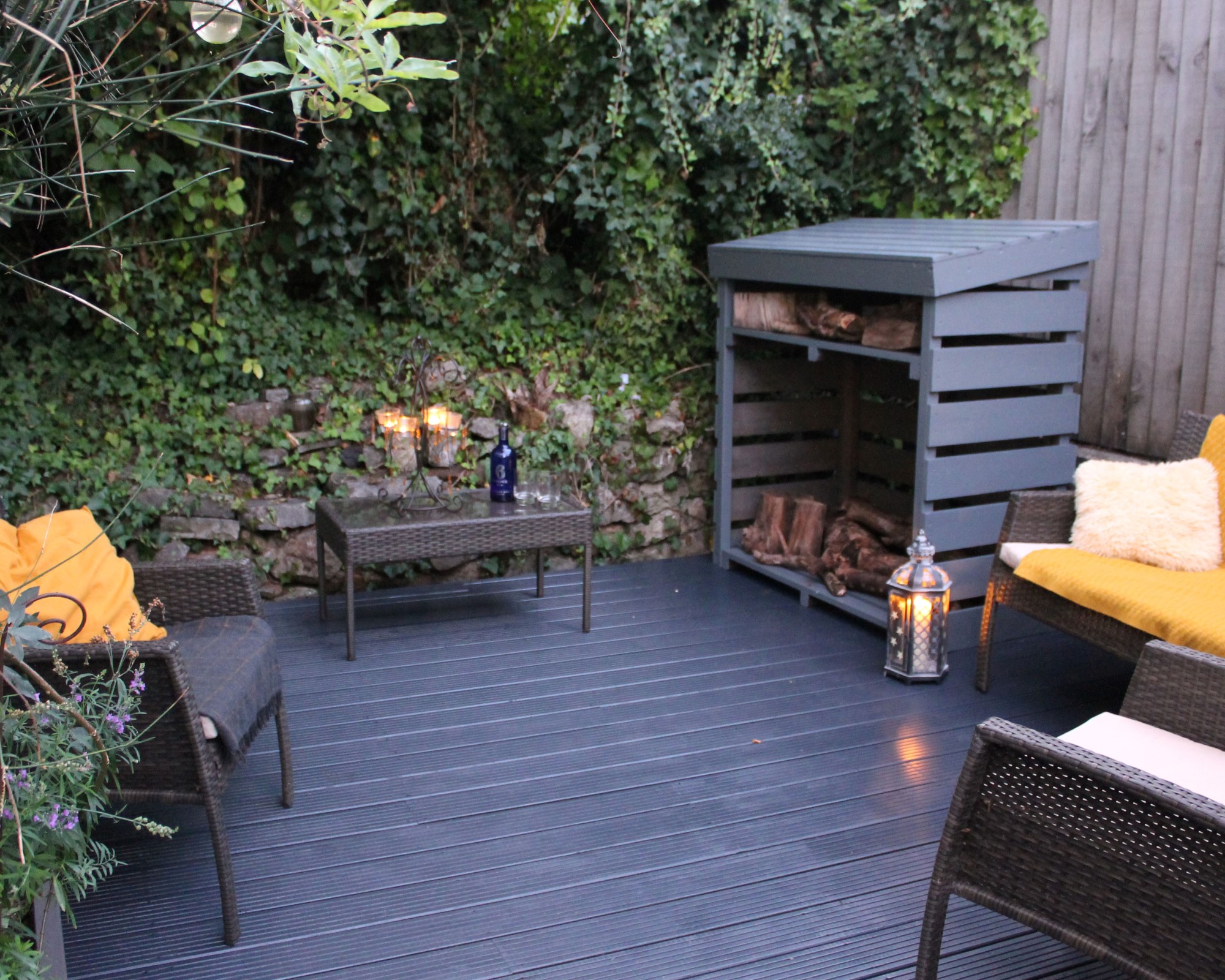
If you have a small outdoor space that's an awkward shape or on a sloping site, installing decking is a speedy way to create a usable surface, perfect for outdoor lounging and dining. There are so many cool decking ideas around for inspiration, and a ton of decking materials to choose from including hardwoods and no-maintenance composite wood lookalikes for budget-friendly alternatives.
FAQs
What is the best alternative to grass?
The best alternative to grass is the one that is best suited to the size, aspect, and general style of your yard. Smaller yards will benefit from a rock or Japanese garden, while larger yards may look better with a gravel and flowering planting scheme. There aren't any hard and fast rules here. If you're not sure what will work best for you, hire a professional landscape designer for a day to help you if you have some spare budget.
What is the cheapest alternative to grass?
Most alternatives to grass are inexpensive, especially compared with having to maintain a lawn and buying a lawn mower. Plants, gravel, rocks, and mulch are all inexpensive materials you can use in a number of ways to create a grassless yard. If you go down the kitchen garden option, you also won't be out of pocket as raised beds are cheap to build.
Anna is a professional writer with many years of experience. She has a passion for contemporary home decor and gardening. She covers a range of topics, from practical advice to interior and garden design.